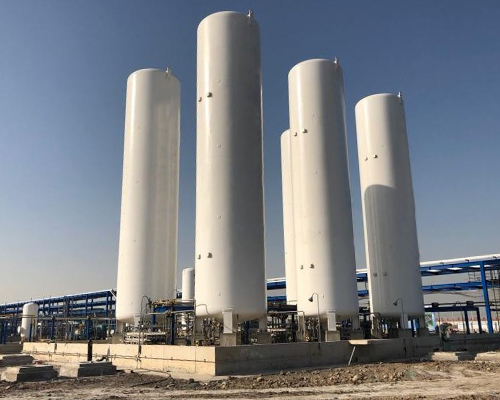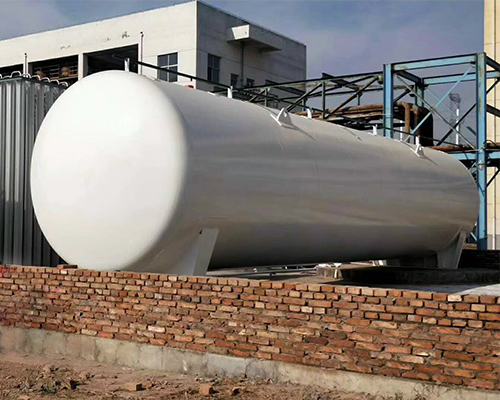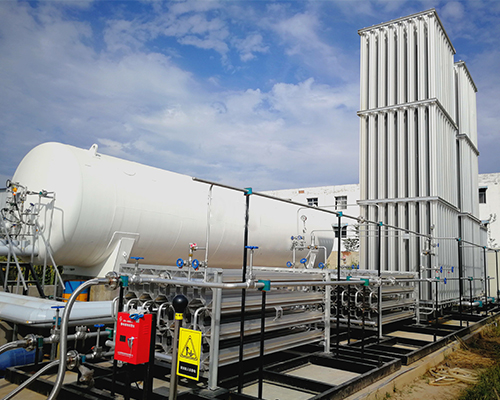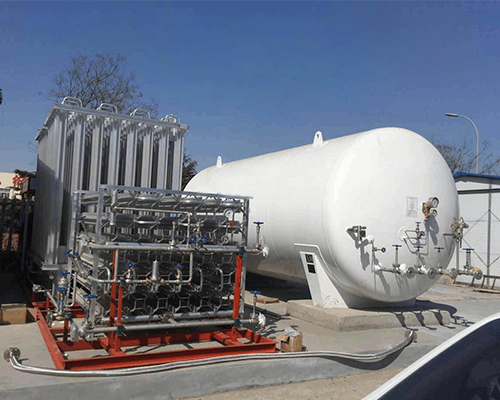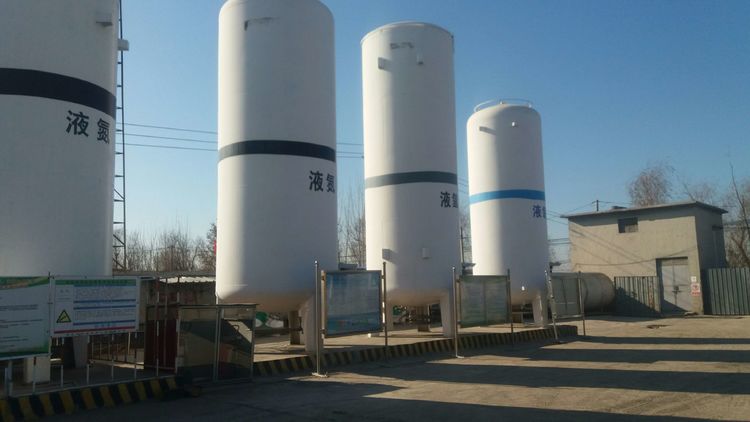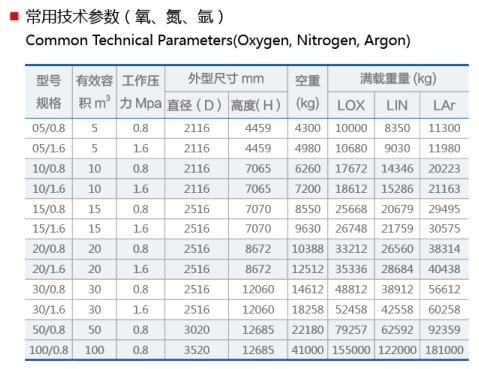LNG storage tank (LNG storage tank) is a product for storing LNG, special equipment, Class III pressure vessel, 06Ni9DR material, which has been manufactured through flaw detection, hydrostatic pressure test, on-site inspection by the Technical Supervision Bureau, issuance of pressure vessel inspection certificate, external rust removal and painting and other processes. The LNG storage tank has strict quality appraisal on the materials, external dimensions, weld quality, operation quality, installation quality, internal devices and safety accessories of pressure components.
Precautions for use of LNG storage tank:
1. The gas cylinder shall be placed in a well ventilated place, and the distance from the fire source and heat source shall not be less than 1.5m. It is forbidden to bake cylinders with fire, boil them with hot water or expose them to the sun. Frequently check the air tightness of gas cylinder valves and pipeline joints to ensure no air leakage. Soap water can be used to check the air leakage, and open fire is strictly prohibited.
2. When igniting, ignite the igniter first, and then open the gas. This order should not be reversed. During the use, there should be someone to watch and do not leave, so as to prevent water from boiling and overflowing to extinguish the fire, resulting in explosion caused by liquefied gas flow. After the cylinder is used, the valve must be tightly closed to prevent gas leakage.
3. The liquefied gas in the cylinder cannot be used up, and a certain residual pressure should be left. The residual pressure shall generally be greater than 49.03kPa (i.e. 0.5kg/cm2, gauge pressure) to prevent air from entering the cylinder. After the LPG is used up, the residual liquid left in the bottle is also a kind of flammable material, which shall not be dumped by itself to prevent fire caused by the flow and evaporation of residual liquid.
4. Liquefied petroleum gas cylinder is a kind of pressure vessel, which should be well maintained and regularly inspected. In the process of handling and use, the cylinder shall be prevented from falling or hitting, the cylinder valve shall not be opened by knocking with iron, and direct sunlight and long-term rain shall be prevented. Gas cylinders are generally inspected once every two years.
Installation site:
